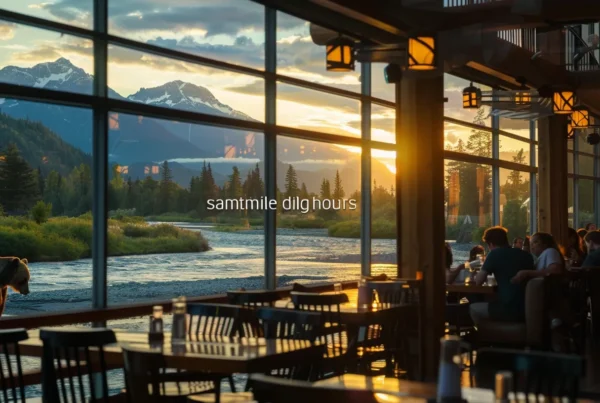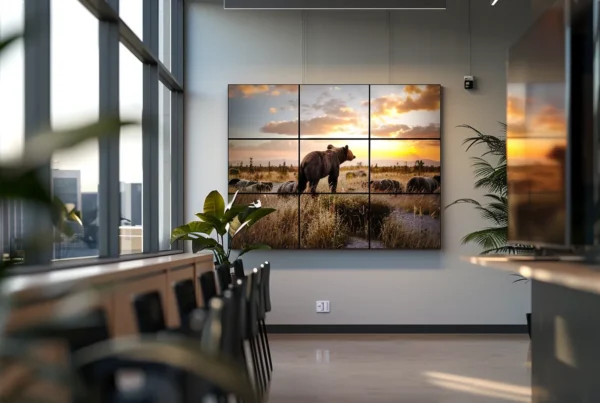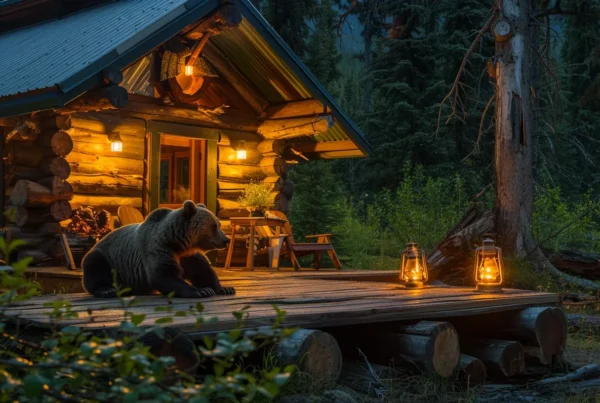
Best Times for Bear Watching in Alaska
Many travelers wonder when the best times for bear watching in Alaska are. This guide will detail the seasonal patterns of bear activity, the impact of weather conditions, and how daylight hours can enhance viewing opportunities. By addressing these factors, readers will learn to effectively plan their trips and maximize their chances of witnessing bears in their natural habitat. Understanding these elements will help ensure that efforts to see Alaska’s magnificent wildlife are successful and rewarding.
Key Takeaways
- Summer is the best season for observing bears in Alaska, especially during salmon runs
- Spring offers unique opportunities to see bears emerging from hibernation and exploring their habitats
- Kodiak Island is famous for the largest bear species, providing memorable wildlife encounters
- Optimal viewing times include early mornings and late afternoons for the best opportunities
- Guided tours enhance bear watching experiences with expert insights and access to prime locations
When to See Bears: A Seasonal Guide
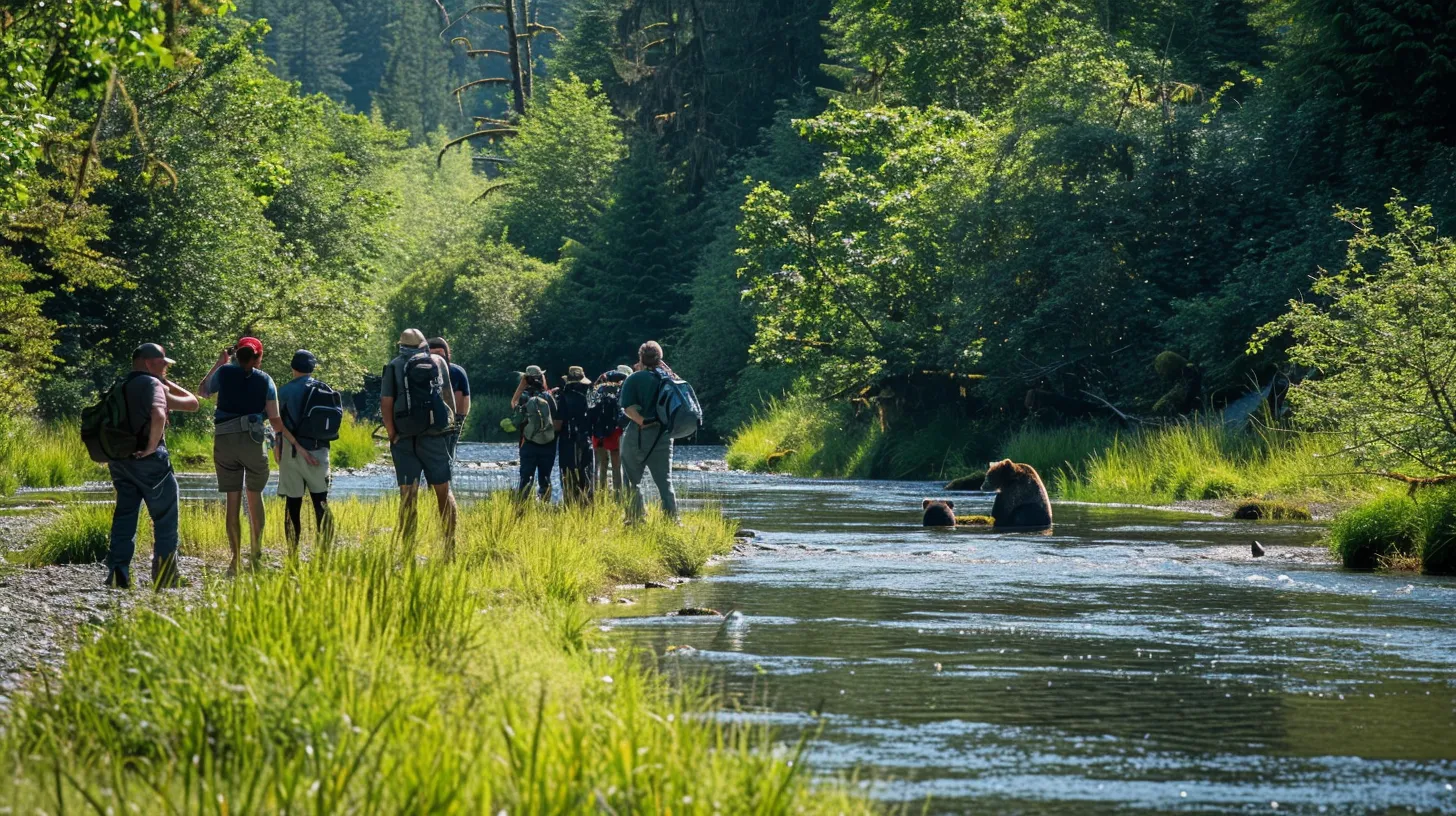
Summer marks the peak season for bear watching alaska, particularly within the Tongass National Forest, where bear enthusiasts can capture stunning photography opportunities. Spring provides a unique chance to witness bears emerging from hibernation, while fall offers late-season viewing as bears prepare for winter. Factors such as food availability and local wildlife, including moose, significantly influence bear activity throughout the year. This guide highlights the best locations across Southeast Alaska for seasonal bear watching.
Summer: The High Season for Bear Viewing
Summer is the prime time for bear viewing in Alaska, particularly in stunning regions like the Chugach Mountains. During this season, bears are actively hunting for food, including salmon, which makes sightings frequent, especially near local lakes. The abundant ecosystem supports diverse wildlife, providing bear enthusiasts ample opportunity to observe natural behaviors in places such as Denali National Park.
- Timing – Summer offers optimal conditions for bear viewing.
- Locations – Chugach Mountains and Denali are top spots.
- Wildlife Dynamics – Hunting behavior is prominent as bears seek food.
- Ecosystem Insights – Rich habitats support diverse animal activities.
Spring: Catching Bears Emerging From Hibernation
Spring offers a unique opportunity for bear watchers, particularly in areas like Lake Clark National Park and Preserve and Glacier Bay National Park and Preserve. As bears emerge from hibernation, they can often be spotted exploring their habitat in search of food after a long winter. This season allows visitors to witness bears in a dynamic landscape, highlighting the crucial period in their annual cycle when they reestablish their presence in the wild:
- Bears awaken from hibernation, marking a significant time for wildlife observation.
- Locations like Lake Clark and Glacier Bay are prime spots for viewing activity.
- Natural habitats reveal the ecosystem‘s role in supporting bear populations.
- Great photographic opportunities exist as bears interact with the landscape.
Fall: Taking Advantage of Late Season Opportunities
Fall presents an exceptional opportunity for observing bears in Alaska as they prepare for winter. As salmon runs decline, bears can be seen actively foraging in diverse environments, including the rich ecosystems along the Inside Passage. Travelers can enhance their experience by utilizing transport options such as the Alaska Railroad or renting a campervan, which provides the flexibility to access remote viewing spots while enjoying the stunning surroundings of Alaska’s natural landscape.
Factors Influencing Bear Activity Throughout the Seasons
Bear activity in Alaska is influenced by several key factors, including seasonal food availability and environmental conditions within the wilderness. For instance, Kodiak bears tend to be more active during the salmon runs in summer, leading to increased sightings along trails near rivers. Additionally, utilizing helicopter tours can enable visitors to access remote areas where bear activity is heightened, providing unique opportunities to observe these magnificent creatures in their natural habitat.
Best Locations for Seasonal Bear Watching
Optimal locations for seasonal bear watching in Alaska include Kenai Fjords National Park, where stunning glacial backdrops enhance the viewing experience. Visitors can observe bears foraging along the coast during salmon runs, particularly in late summer and early fall. For a truly immersive experience, combining bear viewing with nearby activities such as whale watching or mushing adds depth to the adventure while showcasing Alaska’s rich wildlife and breathtaking landscapes.
Bear watching is more than a game of chance; it relies on knowing the seasons. Weather too plays its hand, shaping when and where these magnificent creatures emerge.
The Impact of Weather on Bear Viewing Opportunities
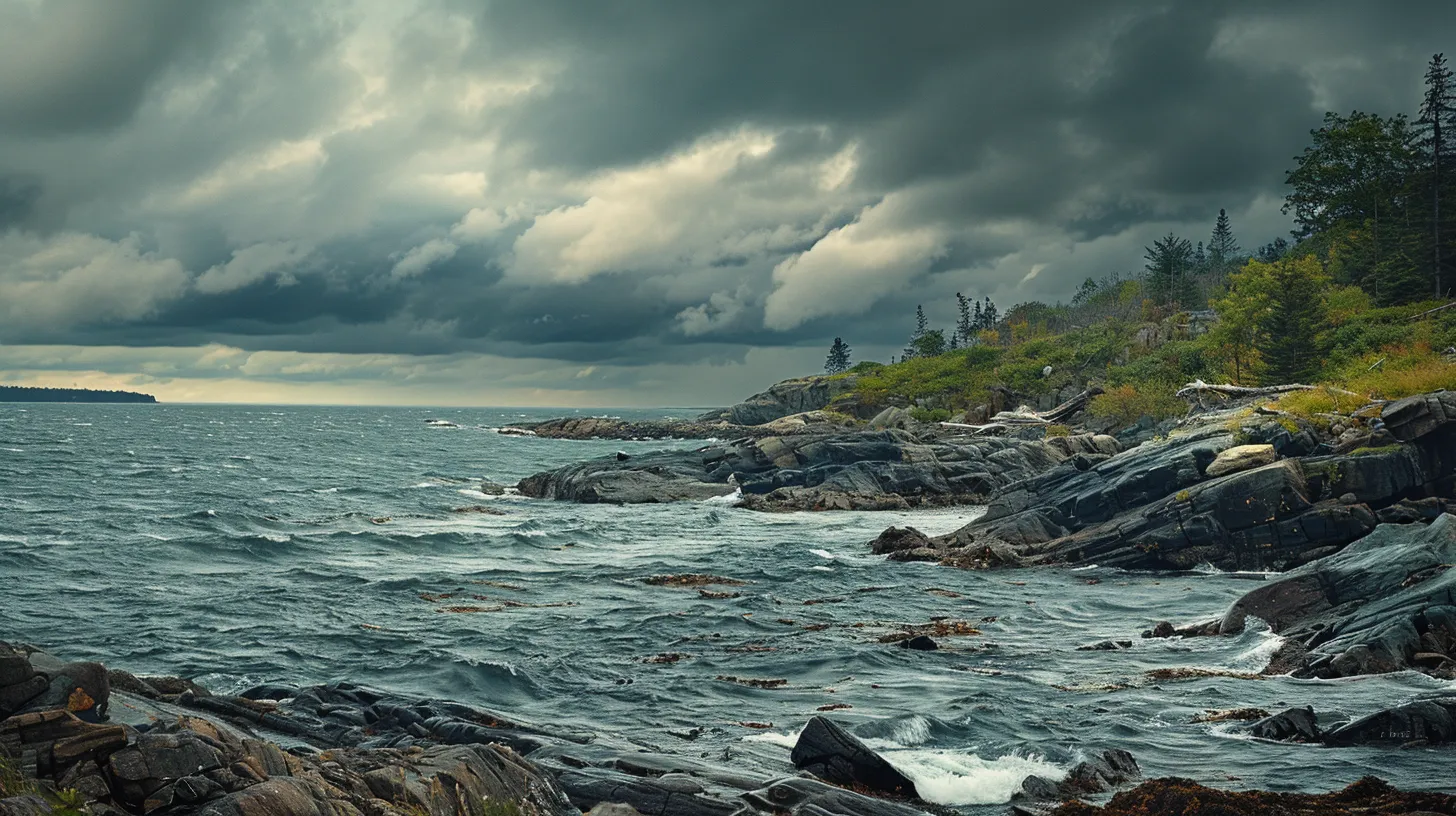
Understanding bear behavior in various weather conditions is essential for optimizing viewing experiences. Adjusting plans based on local weather patterns can increase the likelihood of sightings, particularly along the coast where bears forage. Ideal weather conditions enhance wildlife photography opportunities, attracting not only bears but also stunning species such as the bald eagle. This section will provide insights into how weather influences bear activity and tips for planning successful bear-watching excursions.
Understanding Bear Behavior in Different Weather Conditions
Bear behavior in Alaska changes significantly with varying weather conditions, impacting the effectiveness of bear watching. On sunny days, bears may be more active along rivers and coastal areas, such as Brooks Falls and Admiralty Island, where foraging opportunities increase. In contrast, inclement weather often drives bears to seek shelter, making sightings less frequent. For enthusiasts planning bear watching trips, especially those involving backpacking into remote areas, understanding these patterns can enhance the chances of successful encounters with both grizzlies and polar bears in their natural environments.
How to Adjust Your Plans Based on Weather Patterns
To enhance bear viewing experiences, it is essential to adjust plans based on weather patterns. For instance, on sunny days, travelers may find grizzly bears more active near key locations such as ports or riverbanks, making them prime areas for spotting these magnificent creatures. In contrast, when storms approach, opting for a cruise ship or floatplane excursion can provide better viewing opportunities, as these vessels can access sheltered coves where bears forage for berries and other food sources, ensuring an unforgettable wildlife encounter, even in less favorable conditions.
Ideal Weather Conditions for Optimal Bear Viewing
Optimal weather conditions play a crucial role in enhancing bear viewing experiences in Alaska. Clear skies and mild temperatures not only make it easier to see bears engaging in natural behaviors but also improve overall visibility for photography enthusiasts. For example, locations like Homer and the Chugach National Forest provide ideal conditions for sighting bears when atmospheric clarity is high, particularly near Cook Inlet, where bears forage along the water’s edge. In contrast, utilizing a seaplane for aerial viewing can offer an alternative perspective during varied weather, allowing enthusiasts to encounter these magnificent creatures even in challenging conditions.
- Clear skies enhance visibility and activity levels of bears.
- Mild temperatures increase comfort for bear watchers.
- Cook Inlet provides rich foraging opportunities for bears.
- Seaplanes offer alternative viewing options during less favorable weather.
- Locations like the Alaska Zoo can present educational insights alongside bear viewing.
Weather shapes the chances of seeing bears. Knowing when they are most active can make all the difference in planning your trip.
Planning Your Trip Around Bear Activity Peaks
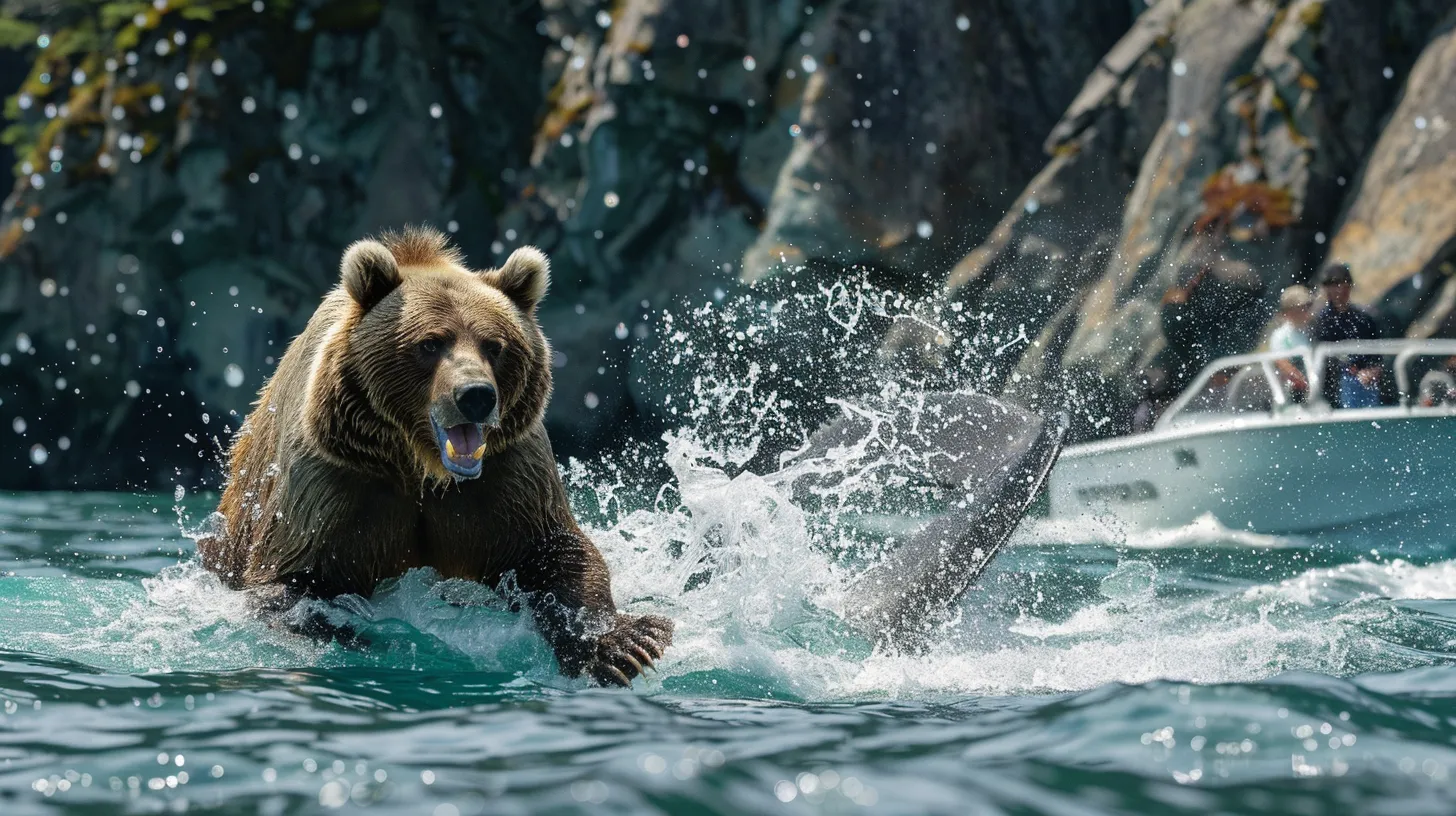
Timing a visit to coincide with salmon runs significantly increases opportunities for wildlife sightings as bears actively forage. Understanding the bear’s mating season also enriches the experience, revealing different bear behaviors. Additionally, identifying the best viewing times during the day maximizes chances for successful encounters, whether from a yacht in the backcountry or while observing whales nearby.
Timing Your Visit to Coincide With Salmon Runs
Timing a visit to coincide with salmon runs is essential for maximizing bear watching experiences in Alaska, particularly for observers interested in species like the brown bear. Areas such as Kodiak Island and the McNeil River are known hotspots where bears congregate during this critical feeding period, providing an opportunity to witness these majestic animals in action. Furthermore, locations near Redoubt Volcano offer access to some of the best vantage points for observing bears as they forage for the abundant salmon, enhancing the overall wildlife experience for enthusiasts.
Understanding the Bear’s Mating Season
Understanding the bear’s mating season is essential for optimizing bear watching experiences in Alaska. This period typically occurs from late May to early July, when females are in estrus and males actively seek out mates. Observers can witness unique behaviors, such as courtship displays and territorial interactions, providing insights into the social dynamics of bear populations:
- Bears mate primarily between late May and early July.
- During this time, males become more assertive and visible.
- Females display distinct behaviors to attract mates.
- Recognizing these patterns enhances the bear watching experience.
Finding the Best Viewing Times During the Day
Timing a bear-watching trip in Alaska can significantly enhance the likelihood of sightings. Early morning and late afternoon are often the most productive times, as bears tend to be more active during these hours, foraging for food or moving through their territories. Observers can increase their chances of encountering these magnificent creatures by positioning themselves in optimal locations, such as riverbanks or feeding grounds, during these peak activity periods, ensuring a memorable wildlife experience.
As the days grow longer, the bears become more active. Understanding the role of daylight hours can turn a good trip into a great one.
The Role of Daylight Hours in Bear Watching
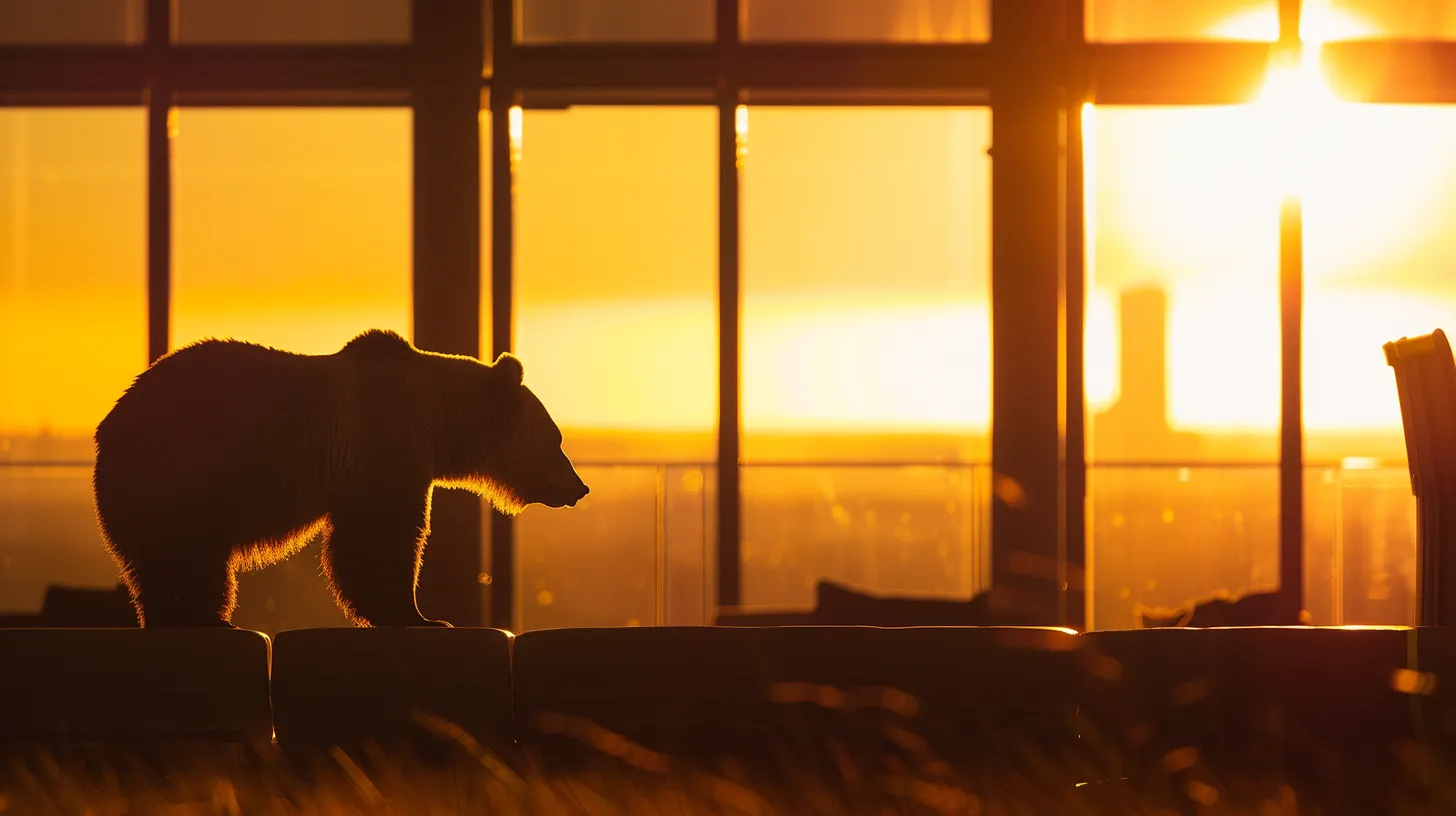
The influence of daylight hours on bear behavior is significant, with the best opportunities for spotting bears often occurring during early mornings and late afternoons. As seasonal variations in daylight occur, these optimal viewing times may change, impacting overall bear activity. Understanding these dynamics enhances the bear-watching experience, offering valuable insights for enthusiasts looking to maximize their encounters.
How Daylight Influences Bear Behavior
Daylight plays a crucial role in bear behavior, as these animals are generally more active during periods of extended light. In Alaska, particularly during the summer months when days stretch longer, bears tend to forage for food during early mornings and late afternoons, maximizing their hunting opportunities. Observers can capitalize on this natural rhythm by planning their excursions around these peak times, thereby enhancing their chances of witnessing bears in action while they seek sustenance.
Best Times of Day for Spotting Bears
For optimal bear spotting opportunities in Alaska, early mornings and late afternoons stand out as the best times of day. During these periods, bears tend to be more active as they forage for food, taking advantage of cooler temperatures and increased daylight. Observers positioned near rivers or feeding grounds in these timeframes improve their chances of encountering these majestic animals in their natural habitat, ensuring a rewarding wildlife experience.
Seasonal Variations in Daylight and Bear Viewing
Seasonal variations in daylight significantly impact bear viewing opportunities in Alaska. During the summer months, extended daylight allows for increased bear activity, with prime foraging hours occurring in early mornings and late afternoons. As daylight diminishes in fall and winter, observers may need to adjust their schedules and be more attentive during these shifting conditions to maximize their chances of witnessing these magnificent creatures in action:
Daylight hours set the stage for observing bears in their natural habitat. Now, it is time to consider how to make the most of those moments when the bears appear.
Tips for Maximizing Your Bear Watching Experience
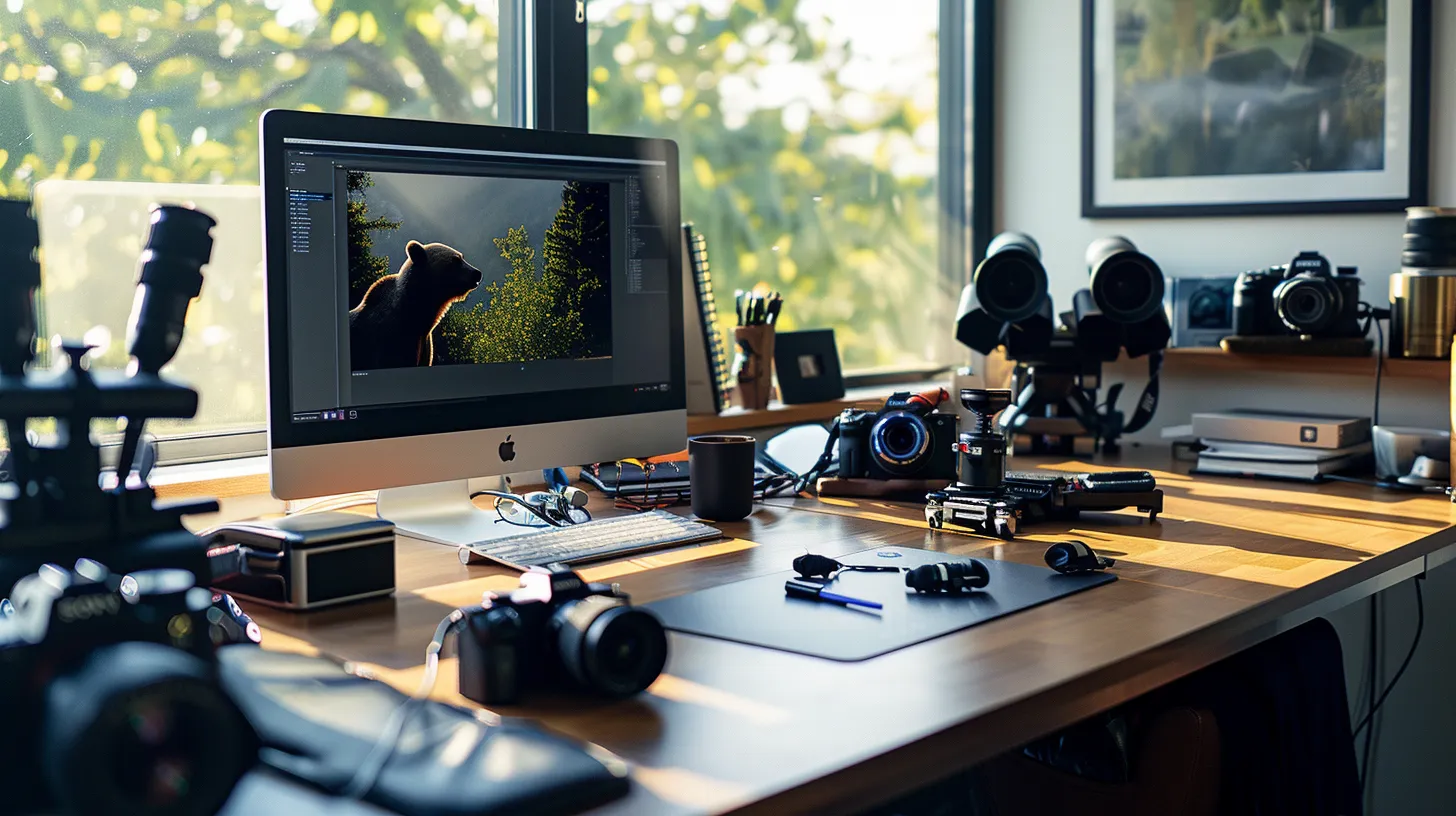
For a rewarding bear-watching experience in Alaska, having the right gear is essential, including binoculars and photography equipment. Safety measures must also be prioritized to ensure encounters remain enjoyable and secure. Equally important are ethical practices that promote wildlife conservation. This section will provide insights on recommended gear, safety tips, and ethical considerations to enhance bear-watching adventures.
Recommended Gear for Bear Watching
For a fruitful bear watching experience in Alaska, selecting the right gear is essential. Binoculars with a high magnification power allow enthusiasts to observe bears from a safe distance, while a quality camera with a zoom lens enables capturing stunning images of these majestic creatures. Additionally, proper clothing that provides insulation and waterproofing is vital to remain comfortable in varying weather conditions, ensuring that wildlife enthusiasts can fully immerse themselves in the adventure without distraction.
How to Stay Safe While Observing Bears
Staying safe while observing bears in Alaska requires a proactive approach. Visitors should maintain a safe distance, typically at least 100 yards, to reduce the risk of startling the animals. Carrying bear spray is advisable, as it can serve as an effective deterrent in case of unexpected encounters. Additionally, understanding bear behavior, such as recognizing signs of agitation, can help observers make informed decisions about their proximity to these majestic creatures.
Ethical Bear Watching Practices
Engaging in ethical bear watching practices is vital for ensuring the protection of Alaska’s wildlife and enhancing the experience for all enthusiasts. Visitors should respect bears’ space by maintaining a safe distance—ideally at least 100 yards—to avoid startling them. Additionally, minimizing noise and avoiding any behavior that could provoke bears not only helps to keep the animals safe but also ensures that other observers can enjoy their time in the presence of these majestic creatures:
With the right tips in mind, every moment spent in the wilderness can reveal the true beauty of bears. Now, turn your gaze to Alaska, where the most remarkable encounters await.
Popular Bear Watching Destinations in Alaska
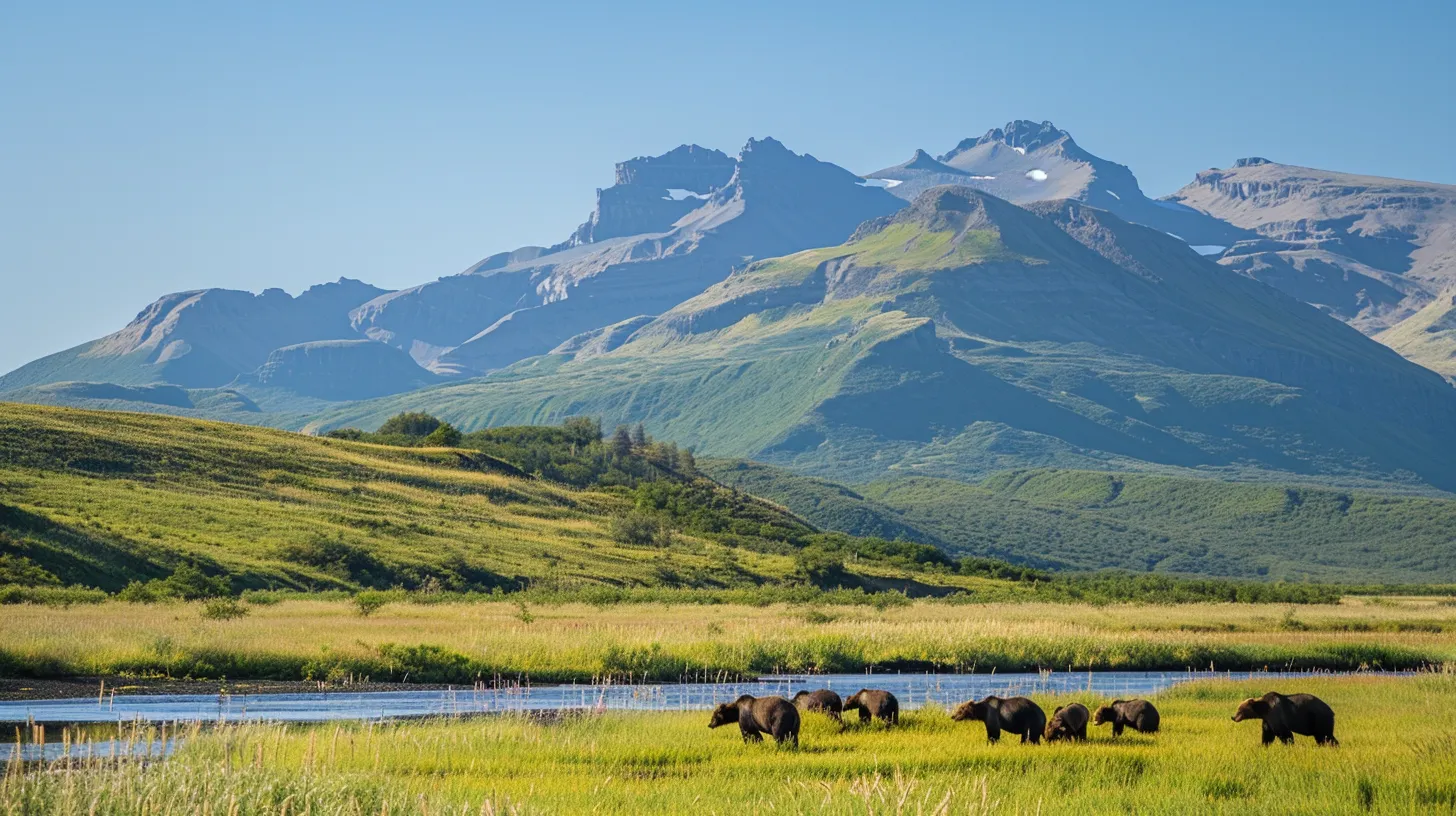
Katmai National Park offers unrivaled opportunities for bear enthusiasts, showcasing abundant wildlife during prime viewing seasons. Denali National Park presents a unique experience with diverse habitats, while Kodiak Island is celebrated for its population of the largest bears. Coastal regions and inland areas each provide distinct advantages for sightings, and choosing between guided tours and independent exploration can enhance the overall experience. Each of these aspects will be explored in detail to assist viewers in planning memorable bear-watching adventures.
Katmai National Park: A Haven for Bear Enthusiasts
Katmai National Park is renowned for its rich bear population, offering visitors exceptional opportunities for bear watching, particularly during the salmon runs from late June to mid-September. Enthusiasts can observe brown bears fishing at iconic sites like Brooks Falls, where photography of these magnificent creatures is particularly rewarding. With well-maintained viewing areas and guided tours available, Katmai provides both accessibility and expert insights into bear behavior, making it a prime destination for wildlife observers:
- Brown bear populations thrive due to abundant salmon runs.
- Brooks Falls offers the best vantage points for sighting bears.
- Guided tours enhance understanding of bear behaviors and habitats.
- Ideal viewing conditions occur from late June through mid-September.
Denali National Park: A Unique Viewing Experience
Denali National Park offers an exceptional bear-watching experience, particularly during the summer months when food availability peaks. The vast landscapes of this wilderness area provide ideal habitats for both grizzly and black bears, making it a popular destination for wildlife enthusiasts. Visitors can enhance their encounters by traversing the park’s scenic trails or participating in guided tours, which facilitate sightings of bears foraging for food amid Alaska’s stunning natural beauty.
Kodiak Island: Home to the Largest Bears
Kodiak Island is renowned for being home to the largest bears in the world, specifically the Kodiak bear, which can weigh over 1,500 pounds. This destination offers exceptional opportunities for bear watching, particularly during the peak salmon runs from late June to mid-September when bears actively forage along the rivers. Observers can witness these magnificent creatures up close, as their size and behavior provide a unique insight into the life of Alaska’s wildlife, making Kodiak Island a must-visit for enthusiasts seeking memorable bear encounters.
Coastal Regions vs. Inland Areas: Where to Go for the Best Sightings
When considering bear watching in Alaska, both coastal regions and inland areas offer unique viewing experiences. Coastal sites, such as Katmai National Park, are renowned for their salmon runs, attracting large populations of brown bears as they forage along riverbanks and shorelines. In contrast, inland areas like Denali National Park provide diverse habitats for both grizzly and black bears, allowing observers to witness different behaviors as they search for food during summer months. Choosing the right location depends on personal preferences and timing, as each environment can yield spectacular wildlife encounters:
- Coastal regions feature high salmon activity, drawing bears to the shore.
- Inland areas offer varied ecosystems for observing diverse bear species.
- Seasonal timing impacts the effectiveness of sightings in both environments.
Guided Tours vs. Independent Exploration: What to Choose
When choosing between guided tours and independent exploration for bear watching in Alaska, travelers should weigh their preferences and comfort levels. Guided tours often provide expert knowledge about bear behavior and the best viewing spots, making them an excellent choice for those unfamiliar with the area or looking to maximize their chances of sightings. Conversely, independent exploration allows more flexibility and personalization, giving adventurous visitors the chance to set their own pace and discover lesser-known locations, which may lead to unique encounters with wildlife in various habitats.
Conclusion
Understanding the best times for bear watching in Alaska is essential for maximizing wildlife encounters. Timing visits to coincide with salmon runs and peak feeding hours enhances opportunities to observe bears in their natural behavior. Being aware of seasonal daylight variations further informs planning, ensuring memorable experiences. This knowledge equips enthusiasts with the insights necessary to engage meaningfully with Alaska’s magnificent bear populations.

